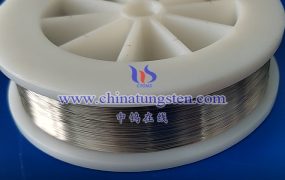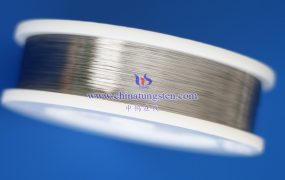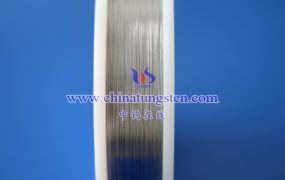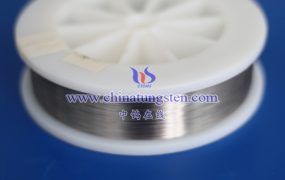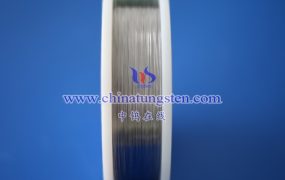When designing tungsten wire for halogen lamps in high temperature environments, multiple factors need to be considered to ensure the performance, stability and life of the tungsten wire. The following are some key design considerations:
- Selection and processing of tungsten wire materials
Doping modification: In order to improve the anti-sagging performance and luminous efficiency of tungsten wire at high temperatures, tungsten wire can be doped and modified. For example, doping elements such as silicon, aluminum and potassium in tungsten trioxide can form doped tungsten wire with excellent performance.
Alloying: The use of alloy tungsten wire materials such as tungsten-rhenium alloy wire, thoriated tungsten-rhenium alloy wire or tungsten-molybdenum alloy wire can further improve the high temperature stability and creep resistance of tungsten wire.
- Design of tungsten wire size
Diameter: The diameter of tungsten wire has an important influence on its resistance, luminous efficiency and thermal stress. In high temperature environments, thicker tungsten wires have better resistance to thermal stress, but lower resistance, which may lead to excessive current and too fast temperature rise. Therefore, it is necessary to select the appropriate tungsten wire diameter according to the design requirements and working environment of the halogen lamp.
Length: The length of the tungsten wire also affects its resistance and luminous efficiency. Longer tungsten wires have greater resistance, smaller current, and may reduce luminous efficiency. At the same time, overly long tungsten wires also increase the risk of sagging and deformation. Therefore, it is necessary to reasonably control the length of the tungsten wire while ensuring luminous efficiency.
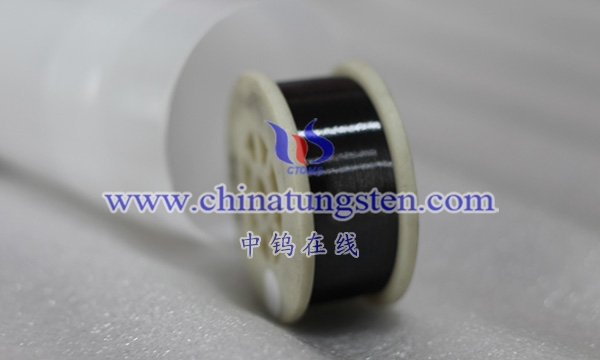
- Consider the impact of the halogen cycle
Halogen lamps are filled with halogen gas (such as iodine or bromine), which reacts chemically with the tungsten wire at high temperatures to form tungsten halides and evaporate. The evaporated tungsten halides circulate inside the bulb and are redeposited on the tungsten wire when it cools, thereby extending the service life of the tungsten wire. When designing tungsten wires, it is necessary to consider the impact of the halogen cycle on the performance of the tungsten wire, such as promoting the self-repair of the tungsten wire and reduce evaporation loss, etc.
- Thermal management and heat dissipation design
Halogen lamps in high temperature environments require effective thermal management and heat dissipation design to prevent tungsten wires from overheating and burning. This can be achieved by optimizing the bulb structure, increasing the heat dissipation area, and using high thermal conductivity materials. At the same time, it is also possible to consider filling the bulb with appropriate inert gas (such as argon) to reduce heat conduction and convection heat dissipation, thereby reducing the operating temperature of the tungsten wire.
- Other considerations
Mechanical strength: Tungsten wires need to have sufficient mechanical strength to withstand various stresses during the manufacture, installation and use of bulbs.
Corrosion resistance: Halogen gas has a certain degree of corrosiveness to tungsten wires, so the corrosion resistance of tungsten wires needs to be considered to ensure their long-term stability.
Cost-effectiveness: On the premise of meeting performance requirements, the cost-effectiveness of tungsten wires also needs to be considered, including raw material costs, processing costs, and manufacturing costs.
More details of tungsten wires, please visit website: http://tungsten.com.cn/tungsten-wires.html
Please contact CHINATUNGSTEN for inquiry and order of tungsten needles:
Email: sales@chinatungsten.com
Tel.: +86 592 5129595

